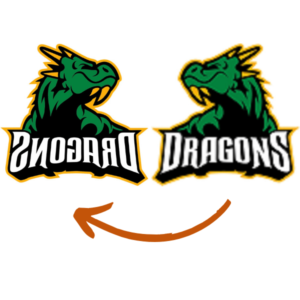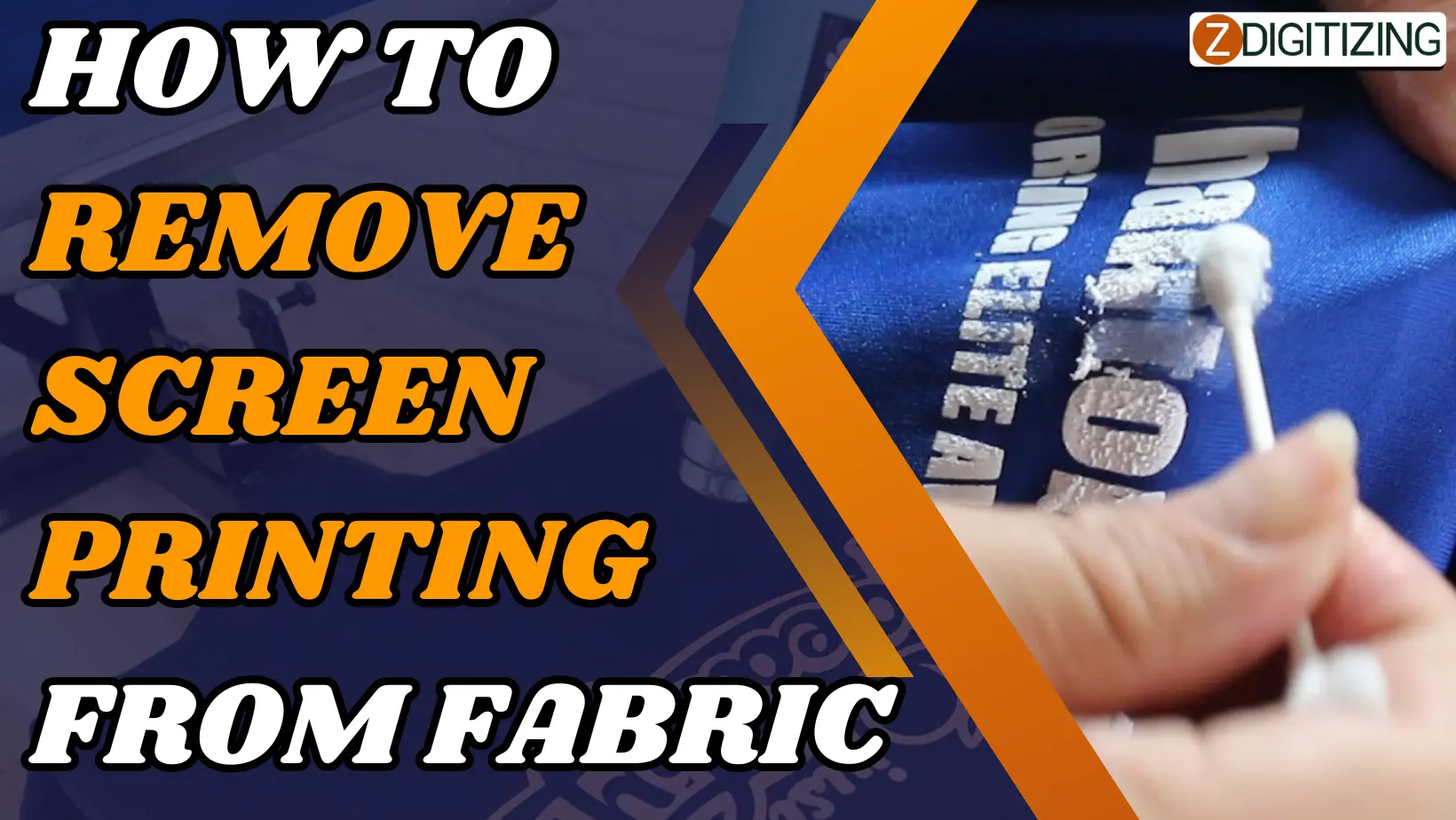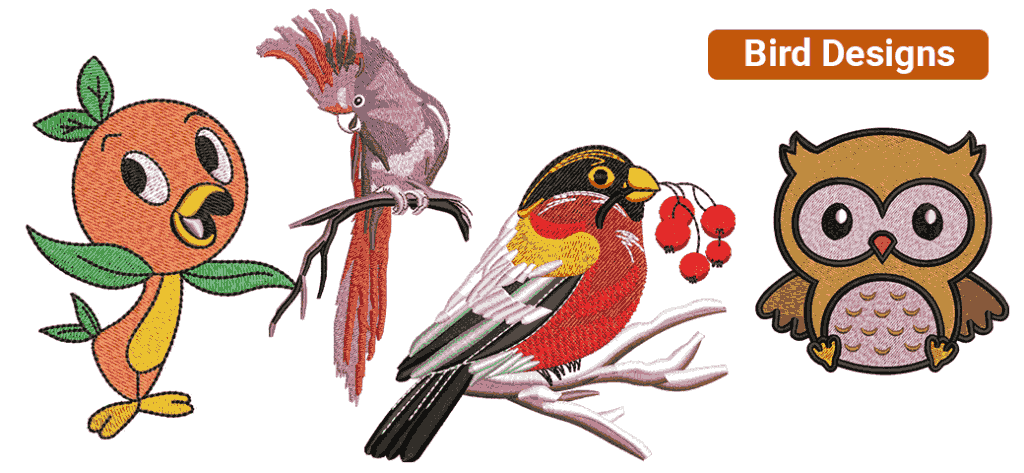In this article, we will discuss the five most common sublimation mistakes that occur during the sublimation process and provide tips on how to avoid and fix them.
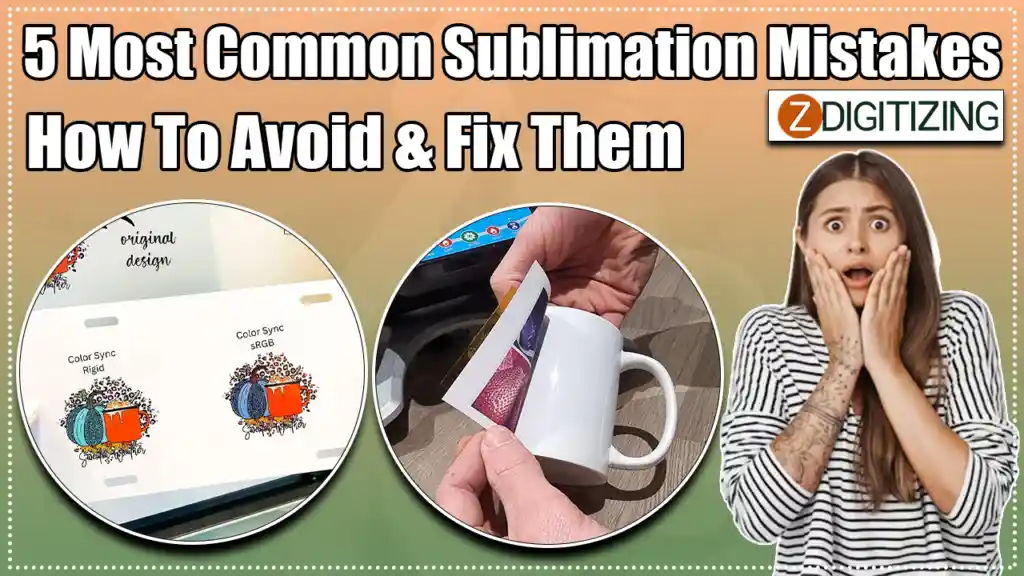
5 Most Common Sublimation Mistakes-How To Avoid & Fix Them
Sublimation is a popular printing method that allows you to transfer high-quality, full-color designs onto various substrates such as shirts, mugs, and wood. By understanding these common mistakes and learning how to overcome them, you can achieve better results and ensure successful sublimation projects.
5 Most Common Sublimation Mistakes-How To Avoid & Fix Them

Sublimation is a versatile and popular printing method that allows you to transfer vibrant, full-color designs onto a variety of substrates. While it offers numerous advantages, such as durability and long-lasting prints, there are several common mistakes that can occur during the sublimation process. Understanding these sublimation mistakes and knowing how to avoid or fix them will help you achieve optimal results in your sublimation projects. Here are the five most common sublimation mistakes and tips on how to overcome them
Common Sublimation Mistakes:
Let’s have a look at some common sublimation mistakes
Insufficient Heat And Pressure:

One of the primary mistakes in sublimation is applying insufficient heat and pressure during the transfer process. Both heat and pressure are essential for the sublimation ink to vaporize and penetrate the substrate effectively. Insufficient heat can result in faded or dull colors, while inadequate pressure may cause incomplete ink transfer or blurred images.
To avoid this mistake, ensure that you set the heat press machine to the recommended temperature and apply sufficient pressure according to the manufacturer’s guidelines. It is crucial to maintain consistent heat and pressure throughout the entire transfer process. Investing in a quality heat press machine with even heat distribution and adjustable pressure settings can help you achieve better results.
Embroidery Digitizing
&
Vector Art Services
Are you looking for embroidery digitizing and vector art services at low cost with superfast turnaround, guaranteed quality and preview before pay? So, you are at right place. We can digitize and vectorize any type of artwork in your required file format.
Incorrect Color Profiles:
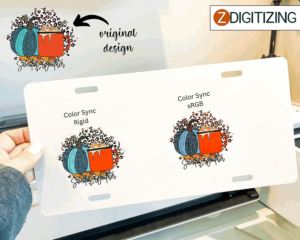
Using incorrect color profiles is another common mistake in sublimation. Color profiles define how colors are displayed and printed. If you use the wrong color profile, the printed colors may appear different from what you expected. This can lead to inaccurate color reproduction and dissatisfaction with the final product.
To avoid this mistake, calibrate your monitor and ensure it is displaying colors accurately. Use color management software and choose the appropriate color profile for your printer and sublimation ink. Regularly check and update your color profiles to maintain accurate color representation.
Poor Substrate Preparation:
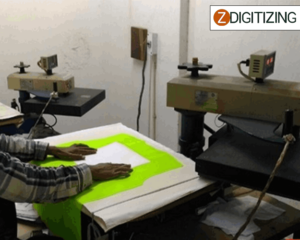
Substrate preparation plays a vital role in sublimation success, especially when working with sublimation on dark colors substrates. If the substrate surface is not properly prepared, the sublimation ink may not adhere correctly, leading to dull or washed-out colors.
To avoid this sublimation mistakes, make sure to thoroughly clean the substrate surface before applying the sublimation transfer. Use appropriate cleaning agents to remove any dust, dirt, or oils that can interfere with the ink transfer. Additionally, for dark-colored substrates, consider using a white base layer or primer specifically designed for sublimation to enhance color vibrancy.
Incorrect Sublimation Paper Usage:
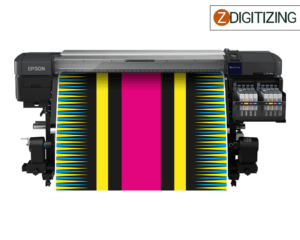
Using the wrong sublimation paper or not using it correctly can also lead to sublimation mistakes. Sublimation paper target acts as a carrier for the ink during the transfer process, and using low-quality or inappropriate paper can result in poor image transfer, bleeding, or color distortion.
To avoid this mistake, choose high-quality sublimation paper that is compatible with your printer and ink. Different types of sublimation papers are designed for specific applications, such as light or dark-colored substrates, fabric, or hard surfaces. Follow the manufacturer’s instructions regarding paper usage, including printing settings, drying times, and temperature recommendations.
Insufficient Testing And Color Management:
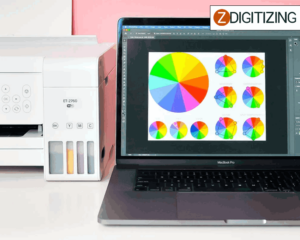
Neglecting to conduct color tests and proper color management is a common mistake that can lead to unpredictable results in sublimation printing. Each printer, ink, substrate, and even environmental conditions can affect color reproduction. Failing to perform color tests and manage color profiles can result in inconsistent colors or mismatched expectations.
To avoid this mistake, conduct regular color tests using the same printer, ink, and substrate combination that you plan to use for your final prints. This will help you identify any color discrepancies and make necessary adjustments to achieve accurate and consistent colors. Additionally, periodically calibrate your equipment and update your color profiles to ensure optimal color management.
By being aware of these common sublimation mistakes and following the tips to avoid and fix them, you can ensure that your sublimation projects yield the best possible results. Paying attention to factors such as heat and pressure, color profiles, substrate preparation, sublimation paper usage, and color management will significantly improve your sublimation prints. Remember to always refer to manufacturer guidelines and experiment with different settings and materials to find the optimal combination for your specific requirements.
Furthermore, if you’re working with dark-colored substrates, keep in mind that sublimation on dark colors can be challenging due to the nature of the process. In these cases, using a white base layer or primer designed for sublimation can help enhance the vibrancy of the colors and ensure better image transfer. Additionally, ensure that the sublimation ink you’re using is suitable for dark substrates.
To sublimate on wood, it’s important to select the right type of wood and prepare the surface properly. Choose a smooth and clean wood surface, free from any coatings, varnishes, or oils. Sanding the wood lightly can help create a more receptive surface for the sublimation ink. Also, consider using sublimation-specific coatings or pre-treatments for wood substrates to enhance the longevity and quality of the print.
If you’re sublimating on shirts or other fabrics, ensure that you’re using sublimation-friendly polyester fabrics or polyester-coated items. Polyester is the most suitable material for sublimation due to its ability to retain vibrant colors and withstand the heat and pressure of the transfer process. Natural fabrics like cotton are not compatible with sublimation as they do not have the necessary properties to absorb and retain the ink.
In the case of making sublimation transfers, ensure that you have a high-quality printer capable of producing detailed prints. Use sublimation inks specifically formulated for the printing system you’re using, as using regular ink can result in poor transfer and color fidelity. Additionally, choose the appropriate sublimation paper for your transfer needs, whether it’s for light or dark-colored substrates, fabrics, or hard surfaces.
Regularly conducting sublimation color tests is essential for maintaining consistent and accurate color reproduction. This involves printing sample designs on different substrates and comparing the results to your desired colors. Adjust your color profiles, ink settings, or substrate preparation techniques accordingly to achieve the desired color accuracy in your final prints.
Conclusion:
In summary, by understanding and avoiding the common sublimation mistakes related to heat and pressure, color profiles, substrate preparation, sublimation paper usage, and color management, you can enhance the quality and reliability of your sublimation projects. Take the time to experiment, test, and fine-tune your process to achieve vibrant and long-lasting sublimation prints on various substrates.
If you’re looking to digitize your embroidery designs or convert them into vector art, it’s best to rely on professionals like ZDigitizing. Digitizing and vector art conversion are complex processes that require expertise and experience. ZDigitizing is a trusted company that offers comprehensive digitizing and vector art services worldwide. With over 20 years of experience, we provide high-quality and durable custom digitizing embroidery and vector art services at reasonable prices. Our quick turnaround time and excellent quality make us the ideal choice for your digitizing and vector art needs.
Click a link below to get 50% discount on all our services for new customers. If you have any questions regarding the article, feel free to ask in the comments section. Thank you for reading!
Frequently Asked Questions
To learn more about sublimation, you can explore online resources, attend workshops or courses on sublimation printing, join sublimation-focused communities or forums, and consult expert guides and tutorials. Experimentation and hands-on practice with sublimation equipment and materials will also enhance your understanding of the process.
The main weakness of sublimation is its limited compatibility with certain materials. Sublimation works best on polyester or polyester-coated substrates, making it unsuitable for natural fibers like cotton. Additionally, sublimation is not ideal for dark-colored substrates, as achieving vibrant colors and high contrast can be challenging.
Yes, pressure plays a crucial role in sublimation. Applying the right amount of pressure during the transfer process ensures proper ink penetration and adhesion to the substrate. Insufficient pressure can lead to incomplete ink transfer or blurred images, while excessive pressure may cause distortion or damage to the substrate and affect the overall quality of the sublimation print.
Several factors can affect sublimation, including temperature, pressure, time, substrate surface, ink quality, and color profiles. Maintaining accurate and consistent temperature and pressure, using high-quality sublimation inks, properly preparing the substrate surface, and following color management practices are key factors in achieving successful sublimation results.
To fix sublimation bleeding, try reducing the transfer time or temperature during the sublimation process. Ensure that you are using the correct color profiles and that your printer is properly calibrated. If bleeding still occurs, you can try using a higher-quality sublimation paper or experiment with different ink settings. However, prevention is always better, so ensure proper substrate preparation and choose suitable materials to minimize the chances of bleeding.
Unfortunately, once a sublimation print is transferred onto a substrate, it is challenging to remove or fix any mistakes. Sublimation ink binds with the material on a molecular level, making it permanent. It is crucial to double-check your design and ensure proper settings and preparation before the transfer process to avoid any irreversible mistakes.
Yes, you can overheat sublimation. Excessive heat can lead to issues such as color shifting, scorching, or burning of the substrate, or even damaging the sublimation paper. It is essential to follow the recommended temperature guidelines provided by the manufacturer and to test and adjust accordingly based on the specific requirements of the materials you are working with.


